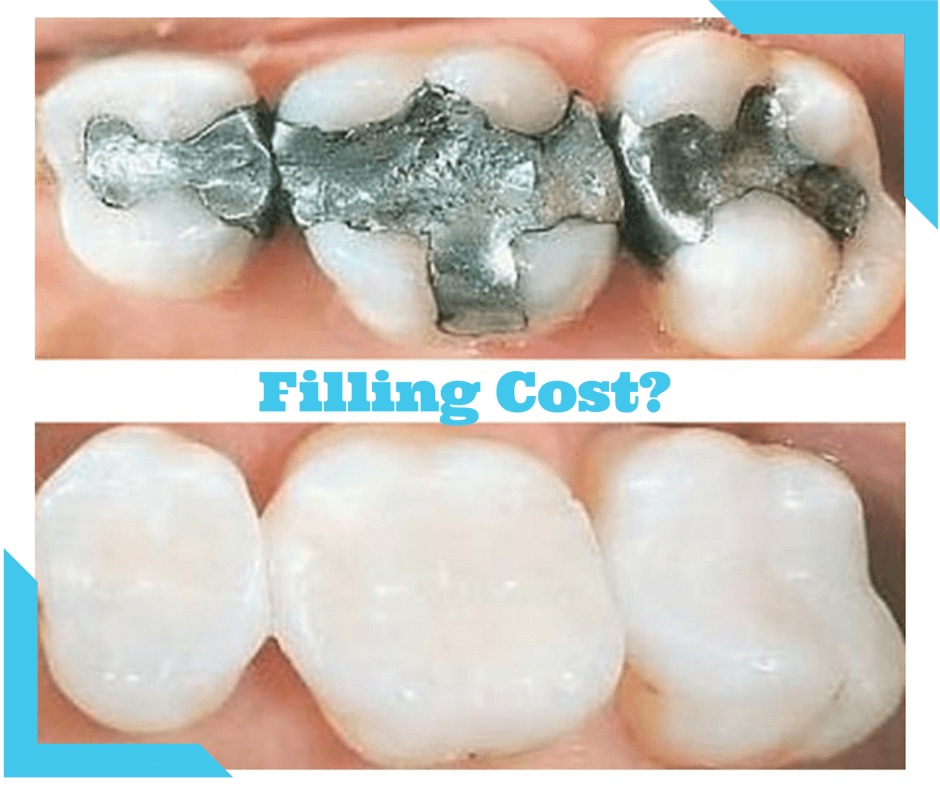Materials and Factors Impacting Cost

The cost of a dental filling without insurance varies depending on the materials used and the complexity of the procedure.
Fillings can be made from various materials, including amalgam, composite resin, glass ionomer, and gold. Amalgam is a mixture of metals, including silver, tin, copper, and zinc, and is the most affordable option. Composite resin is a tooth-colored material that can be matched to the shade of your teeth, making it a more aesthetically pleasing choice. Glass ionomer is a type of filling that releases fluoride, which can help to prevent tooth decay. Gold is the most expensive filling material, but it is also the most durable.
Size, Location, and Complexity
The size, location, and complexity of the filling can also affect the cost. Small fillings are less expensive than large fillings, and fillings that are located on the front teeth are more expensive than fillings that are located on the back teeth. Fillings that require additional procedures, such as root canal therapy, will also be more expensive.
Average Cost Range
The cost of a dental filling without insurance can vary widely depending on several factors. To provide a general estimate, here is a table with the average cost ranges for different types of dental fillings:
Note: These are just estimates, and the actual cost may vary based on your location, dentist’s fees, and the complexity of the procedure.
Types of Dental Fillings and Average Cost Range
| Material Type | Filling Size | Average Cost Range |
|---|---|---|
| Amalgam (silver) | Small | $50-$150 |
| Amalgam (silver) | Medium | $100-$250 |
| Amalgam (silver) | Large | $150-$350 |
| Composite (tooth-colored) | Small | $100-$250 |
| Composite (tooth-colored) | Medium | $150-$350 |
| Composite (tooth-colored) | Large | $200-$450 |
| Gold | Small | $250-$500 |
| Gold | Medium | $350-$700 |
| Gold | Large | $450-$900 |
Payment Options and Financing
Without dental insurance, several payment options are available to cover the cost of dental fillings. Each method offers unique advantages and considerations:
Cash
- Pros: Immediate payment, no interest or fees.
- Cons: Requires upfront funds, may not be feasible for everyone.
Credit Cards
- Pros: Convenient, may offer rewards or points.
- Cons: Interest charges can accumulate, high-interest rates for some cards.
Dental Financing Plans
- Pros: Spreads out payments over time, no or low interest rates.
- Cons: May require credit approval, potential fees or penalties.
Insurance Coverage and Discounts
Dental insurance can significantly reduce the cost of fillings. Most dental insurance plans cover fillings, with coverage varying depending on the plan. Basic plans may cover a portion of the cost, while more comprehensive plans may cover a larger percentage. It’s important to check your specific plan to determine your coverage limits.
Some dental clinics offer discounts on fillings for uninsured patients or those with limited insurance coverage. Dental savings plans can also provide discounts on dental services, including fillings. These plans typically require a monthly or annual fee, but they can save you money on dental care over time.
Discounts for Uninsured Patients
Some dental clinics offer discounts to uninsured patients who pay for their fillings upfront. These discounts can range from 10% to 20% off the regular price.
Discounts Through Dental Savings Plans
Dental savings plans are a great way to save money on dental care. These plans typically cost around $100 to $200 per year, and they provide discounts on a variety of dental services, including fillings. Discounts can range from 10% to 50% off the regular price.
Preventive Measures and Cost Savings
To reduce the need for dental fillings and save on costs, implementing preventive measures is crucial. Regular dental checkups and maintaining good oral hygiene practices can significantly contribute to preventing tooth decay and the need for fillings.
Regular dental checkups allow dentists to identify and address potential issues early on, preventing them from developing into more severe problems that require fillings. Professional cleanings remove plaque and tartar buildup, reducing the risk of tooth decay and gum disease.
Good Oral Hygiene Practices
- Brush twice daily: Use a soft-bristled toothbrush and fluoride toothpaste to remove plaque and bacteria.
- Floss daily: Flossing removes plaque and food particles from between teeth, where a toothbrush cannot reach.
- Use mouthwash: Antiseptic mouthwashes can help kill bacteria and reduce plaque buildup.
- Limit sugary foods and drinks: Sugar feeds bacteria in the mouth, leading to plaque and tooth decay.
- Avoid tobacco products: Smoking and chewing tobacco increase the risk of gum disease and tooth decay.





